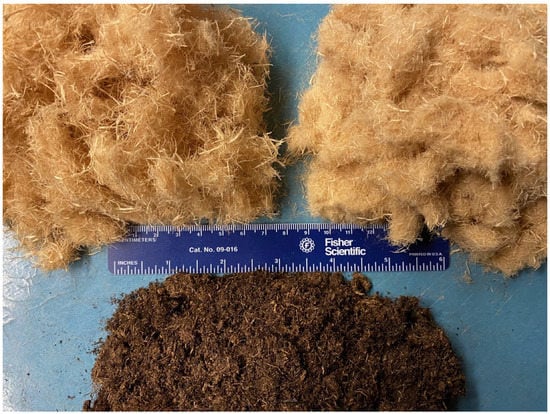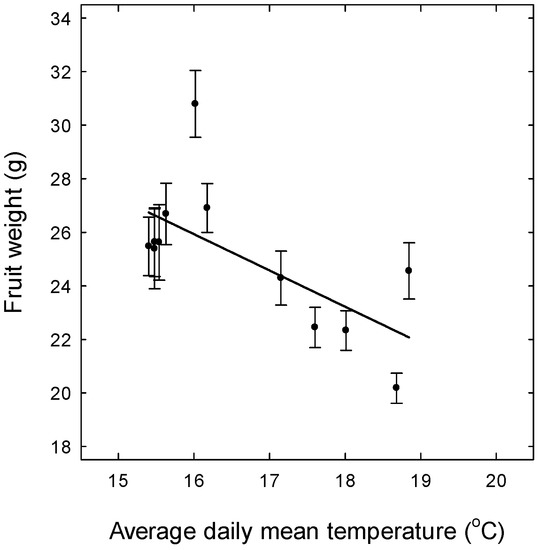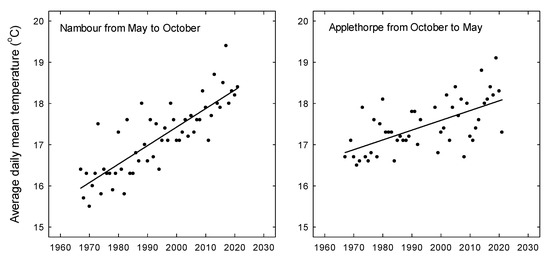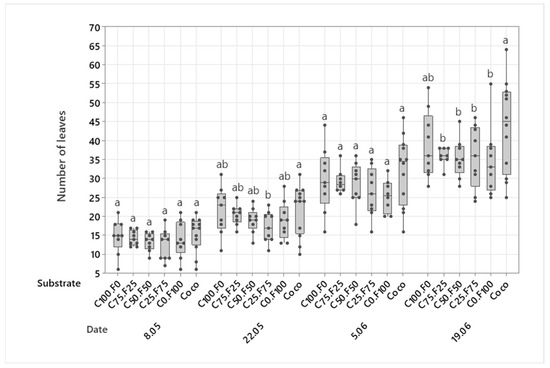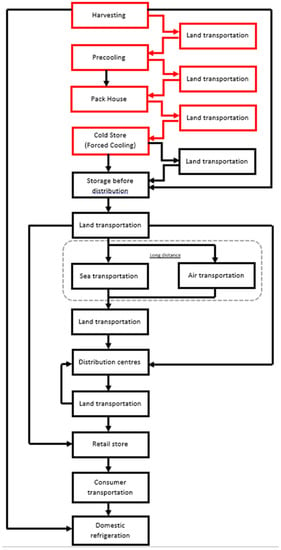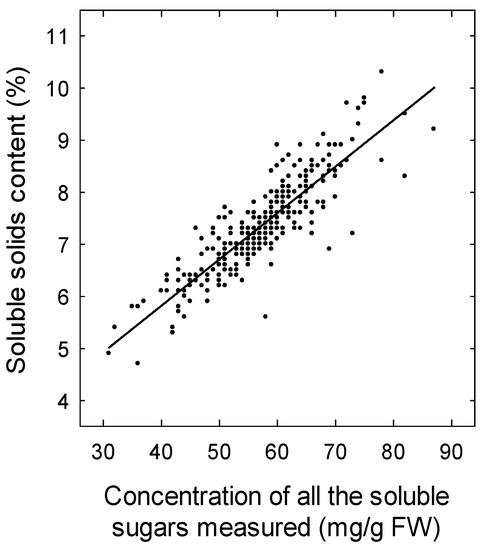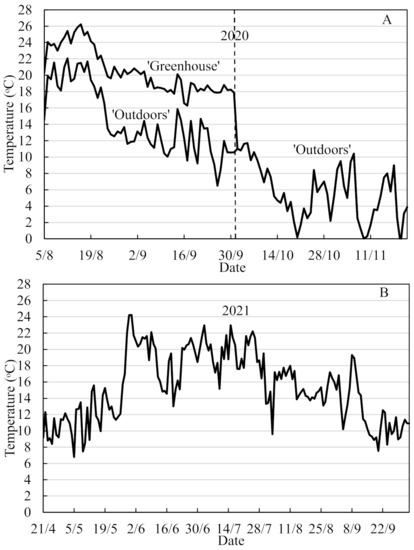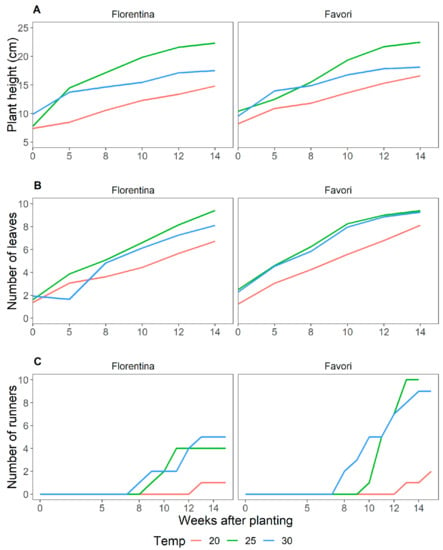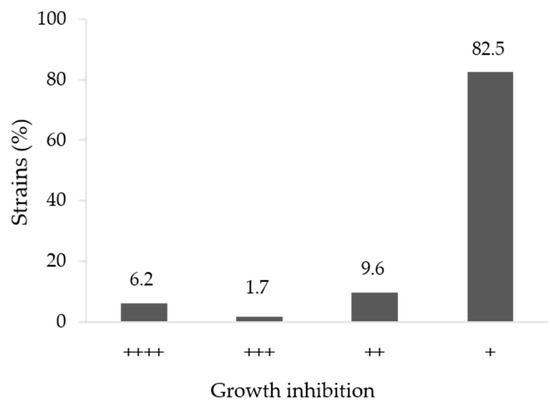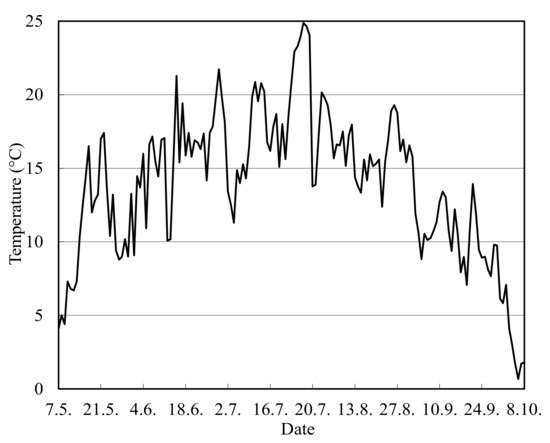New Challenges in Productivity of Berry Fruits
A topical collection in Horticulturae (ISSN 2311-7524). This collection belongs to the section "Fruit Production Systems".
Viewed by 26407Editors
Interests: agronomy; horticulture; agricultural; plant science; control of fruit size; strawberry plants
Interests: fruit and berries; cultivation techniques; growing media, organic production; plant physiology; cultivar trials; out-of-season berry production; environmental effects on plant growth and development; fruit quality
Topical Collection Information
Dear Colleagues,
Berries (strawberries, raspberries, blueberries, etc.) are grown around the globe across many different environments and growing systems. Productivity and economic returns vary significantly from country to country and region to region. Yields are highly variable, depending on the cultivar, plant agronomy, and the weather. The cost of harvesting is high compared with that of many other horticultural crops, and profitability can be severely reduced by poor fruit quality and low marketable yields. Research is required to maintain or even increase profitability using new growing systems. These new growing systems might help the commercial industries mitigate some of the impacts of climate change in the future.
Dr. Christopher M. Menzel
Dr. Anita Sonsteby
Guest Editors
Manuscript Submission Information
Manuscripts should be submitted online at www.mdpi.com by registering and logging in to this website. Once you are registered, click here to go to the submission form. Manuscripts can be submitted until the deadline. All submissions that pass pre-check are peer-reviewed. Accepted papers will be published continuously in the journal (as soon as accepted) and will be listed together on the collection website. Research articles, review articles as well as short communications are invited. For planned papers, a title and short abstract (about 100 words) can be sent to the Editorial Office for announcement on this website.
Submitted manuscripts should not have been published previously, nor be under consideration for publication elsewhere (except conference proceedings papers). All manuscripts are thoroughly refereed through a single-blind peer-review process. A guide for authors and other relevant information for submission of manuscripts is available on the Instructions for Authors page. Horticulturae is an international peer-reviewed open access monthly journal published by MDPI.
Please visit the Instructions for Authors page before submitting a manuscript. The Article Processing Charge (APC) for publication in this open access journal is 2200 CHF (Swiss Francs). Submitted papers should be well formatted and use good English. Authors may use MDPI's English editing service prior to publication or during author revisions.
Keywords
- climate change
- cultivar
- economic returns
- flowering
- fruiting
- glasshouse production
- growing systems
- irrigation management
- pests
- plant diseases
- plant nutrition
- protected cropping
- remote sensing
- soil-less production
- time of planting
- tunnels
- yields






